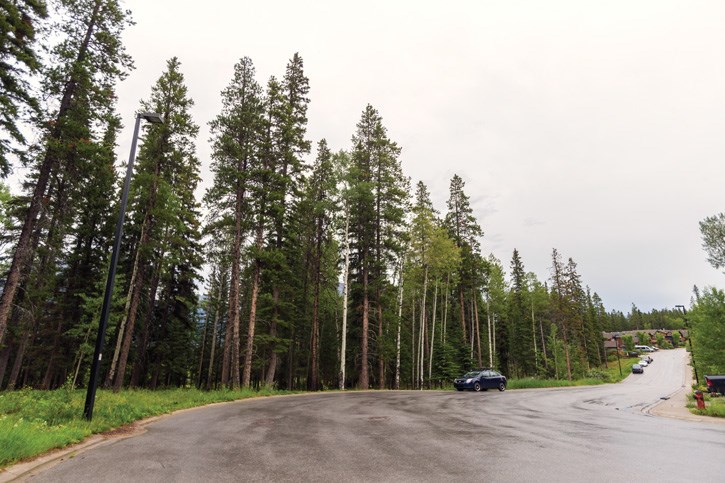CANMORE – The Town of Canmore has learned some important lessons from the recent decision by a judge to invalidate a rezoning bylaw approved by council at the beginning of 2016 for infill development in the Peaks of Grassi neighbourhood.
General manager of municipal infrastructure Michael Fark said this week the Town of Canmore does not intend to appeal the decision by Justice M. David Gates that council breached rules of procedural fairness in its decision, but rather learn from it.
"What we will do is we will learn from the decision and we will use that to guide a process for a new application if a new application comes forward," Fark said.
In a decision issued July 3, Justice Gates deemed the rezoning bylaw invalid because an environmental impact statement and third party review, required by Canmore's Municipal Development Plan, was not completed as part of the application.
The judge determined that while council enjoys a significant degree of procedural autonomy, it is not free to ignore its own bylaws.
"Of particular importance here that council opted to establish a process in cases where a development proposal lay within, or adjacent to, environmentally sensitive areas," Gates wrote in his decision."It was part of a legislative scheme and the applicant had a reasonable expectation that council would follow its own procedures."
The bylaw was approved by council in January 2016 and changed the zoning of four acres of land along Lawrence Grassi Ridge from urban reserve to a direct control district. Prior to the rezoning, residential development was not permitted and as part of the application the landowners proposed to contribute part of the overall development to affordable housing with the creation of 18 new residential lots.
Peaks resident Mark Gruman filed the judicial review on several grounds that procedural fairness was breached, but Gates decision only supported one of the submissions he made to the court.
Gruman argued that council was misled by administration and procedural fairness breached the flood risk analysis for the proposed development presented and that council received input into proposed rezoning after the public hearing, violating its own procedural bylaw.
Gates dismissed the other submissions, while agreeing with Gruman on his challenge against the lack of EIS and a third party review.
Pierre Doyon, Lawrence Hill and Dan Madlung own the three parcels of land. While the judicial review was a challenge against council's decision, it resulted in a prohibition on the development moving forward.
The landowners declined to comment at this time when reached by the Outlook this week.
Mayor John Borrowman had mixed feelings about the decision.
"While I’m disappointed it took so long for the court to issue a decision, I am satisfied that that judge dismissed all but one of the arguments presented by the Peaks of Grassi resident," Borrowman wrote in a statement. "I continue to believe that it is reasonable for council to consider rezoning this parcel of land to allow for affordable housing for our community, and note that the current zoning already allows for a number of intensive urban uses.”
Gruman was one of many residents from the neighbourhood that opposed the rezoning and spoke up at the public hearing.
Opposition, however, was not enough for Gates to grant the application, as he wrote in his decision. He said it was clear that council was dealing with larger community wide legislative issues when it considered the rezoning application in front of them at the time.
"The strong opposition to the rezoning expressed by certain citizens, notably the applicant, is not, however, sufficient to grant the application," Gates wrote.
"In this case, the decision to pass a bylaw was a decision that obviously rested with the elected town council. The issues identified by citizens at the public hearing, including the question of affordable housing, are illustrative of the broader policy questions raised in this case. This was not simply a dispute between two citizens, but rather an issue that had broader, more wide-spread ramification."
Fark noted that since the bylaw was approved at the beginning of 2016, council has approved a new Municipal Development Plan.
He said the discussion in the community at the time of the Peaks of Grassi application was also around how the new MDP should be worded with respect to the requirement of an environmental impact statement.
The requirement for an EIS for the Peaks of Grassi properties was set out in the fact the MDP at the time required them for properties adjacent to lands zoned environmental reserve. At the time, administration argued the ER designation was related to the steep slope of the site and and EIS would not provide additional information for council to make a decision.
The updated MDP includes wording that would allow the municipality to waive an EIS requirement if certain conditions are met.




